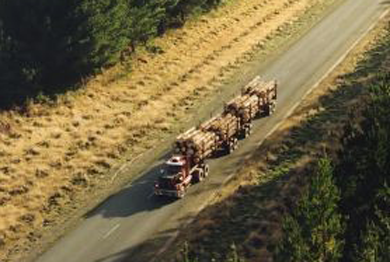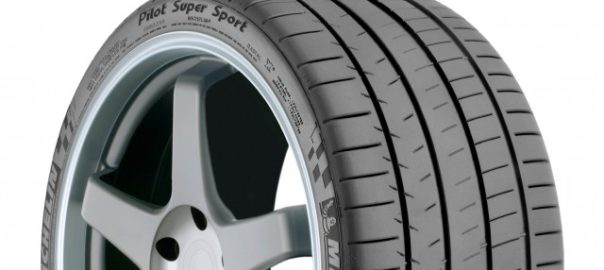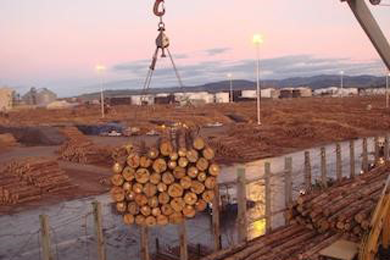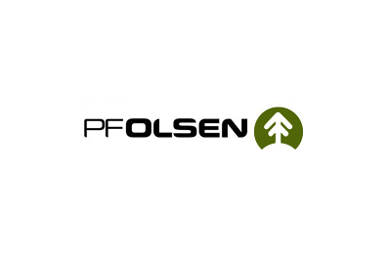New Zealand’s booming export log market is starting to catch the jitters as concerns mount about the impact of US President Donald Trump’s trade war.
Demand for New Zealand logs has been strong over recent years as local sawmills compete with the export market to source logs for local construction, at a time when demand in China has stepped up after Asia’s largest economy clamped down on the harvesting of its own forests and reduced tariffs on imported logs to meet demand in its local market. However, trade tensions between the US and China are creating nervousness in the market, as traders fear tariffs will hurt economic growth and dampen demand.
“Positivity has permeated the industry, at least for those selling logs, for upwards of two-years,” AgriHQ analyst Reece Brick said in his latest monthly report on the forestry market. “However, it’s getting a bit nervy all of the sudden. That’s not to say everyone’s panicking, but there are certainly more reasons to frown than we’ve seen for a long-while.
“The export scene, along with the rest of the world, is trying to figure out what the outcomes will be of the tiff between the US and China. Economic growth data, stock exchange indices and foreign exchange rates have all made unfavourable movements in the past month, and there’s little sign that the relations between the two countries is on the mend.”
Brick’s comments about nervousness in the log market echo similar concerns noted by industry watchers in the dairy and wool industries recently, where demand is said to have weakened as buyers are concerned that tariffs on end products will flow back to dent demand for New Zealand commodities.
“If there’s a common enemy for NZ log traders it’s President Trump,” said AgriHQ’s Brick. “Another month of the US and China passing tit-for-tat trade tariffs is creating global economic uncertainty, understandably causing some nerves given log values are highly reliant on macro-economic strength.”
The US and China this month imposed tariffs of 25 percent on US$34 billion of each other’s exports and US tariffs on an additional US$16 billion of Chinese goods are coming soon. The US government also said last week it was readying new tariffs on Chinese goods worth an additional US$200 billion.
Brick noted the latest set of economic data out of China indicates the trade war is already impacting China’s economy, with second-quarter growth slowing to 6.7 percent, its slowest rate of growth in almost two years, and expectations for a further decline in the third quarter.
“The consensus in the market place is that the trade tension between China and the United States could cause an economic downturn,” Brick said. “The International Monetary Fund condemned President Trump’s trade policy and advised governments to bulk up savings. The escalating trade tension may hinder global growth and delay foreign investments worldwide.
“The main issue is the nervousness that is reverberating throughout the globe, slowly rippling into NZ. Sentiment within the NZ market is mixed – the more risk averse are preparing for a drop beyond the short-term, while quite a few others are thinking this is a temporary, storm-in-a-teacup situation. Either way, no-one can be certain.”
AgriHQ’s monthly survey of exporters, forest owners and saw millers showed the average price for structural S1 logs in the New Zealand market edged up to $136 a tonne this month, from $135 a tonne last month, and marking the highest level since 1993. The average price for New Zealand A-grade export logs held steady at a four-year high of US$145/JAS.
Source: BusinessDesk










